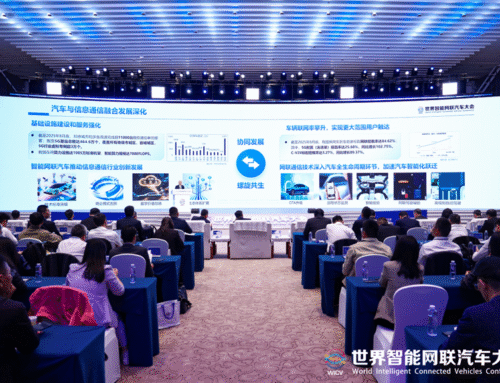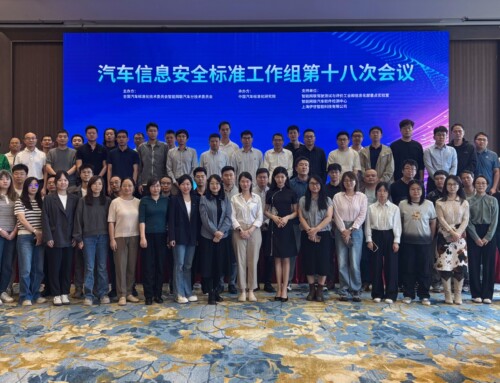On May 17, 2024, China’s SAC/TC20 Energy Fundamentals and Management released the announcement calling for public comment on the compulsory standard of GB XXXXX-XXXX Minimum allowable values of the energy efficiency and energy efficiency grades for household and similar kitchen appliances (hereinafter referred to as the Standard). The Standard will replace GB 12021.6-2017, GB 39177-2020, GB 21456-2014, and GB 24849-2017, which cover the relevant energy efficiency requirements for electric rice cookers, electric pressure cookers, household induction cookers, and microwave ovens. The public opinion solicitation will end on July 15, 2024.
Small household appliances usually refer to appliances other than high-power output appliances. They are mainly divided into kitchen appliances, cleaning and nursing appliances, and other small household appliances. The statistics show that the overall market size of small home appliances in China had an upward trend from 2017 to 2022, with a compound growth rate of 8.72% in five years. Currently, about 70% of small household appliances are not covered by energy efficiency standards. The energy efficiency standard for electric rice cookers, household induction cookers, and microwave ovens has been implemented for nearly ten years, which falls short of facilitating industrial development. Therefore, the Standard will cover more types of small household kitchen appliances and provide better guidance for industrial development.
Apart from structural and editorial adjustments, the key technological changes include the following:
- Application scope.The applicable environment of the rice cooker has been removed from the scope. In addition, the application scope of the Standard now covers 6 types of products: electric rice cookers, electric pressure cookers, household induction cookers, microwave ovens, stew cookers, and stew cups, as well as electric kettles.
- Terminology and definition.The terms and definitions of standby mode power, off mode power, and standard pan are deleted. The terms and definitions of standby mode, and off mode are modified and completed to provide a more precise description of the two modes. In addition, the definition of network mode has been added in this part.
- Energy efficiency grades.The Standard revises the energy efficiency classification for electric rice cookers, electric pressure cookers, household induction cookers, and microwave ovens. Specifically, the number of energy efficiency levels of rice cookers is changed from 5 grades to 3 grades.
- Energy efficiency indicator. The standby power is uniformly added to the energy efficiency indexas an energy efficiency indicator and is categorized into network mode and non-network mode.
- Classification of household induction cookers.In the previous version of the standard dedicated to household induction cookers, this product type was classified into the original “heating units with rated power greater than 1200W” and “heating units with rated power less than or equal to 1200W”. In the Standard, based on the previous version, the household induction cookers are categorized as “circular-coiled heating units with rated power greater than 1200W” and “non-circular-coiled heating units with rated power less than 1200W”.
- Testing methods.The Standard has improved the energy efficiency testing methods. Specifically,
- the standby power test is added to the energy efficiency test method of rice cookers, electric pressure cookers, andhousehold induction cookers;
- The preparation steps before the thermal efficiency test are refined.
- The wind speed is specified in the test condition.
- The content requirements of experimental control device settings for energy efficiency testing of electric pressure cookers are added.
- The operating parameters of the calculation method for the thermal efficiency of the household induction cookerare modified.
- The initial conditions for measuring the energy consumption of microwave ovens are modified.
- The unique content of theoff-mode power test for the microwave oven is removed and changed to a unified expression of the off-mode power test for the microwave oven.
According to the drafting notes published alongside the standard draft for comment, it is recommended that this standard be formally enforced one year after the date of publication. According to the Measures for the Administration of Compulsory National Standards, enterprises may choose whether to implement this standard after the standard is distributed and implemented. This the second round of public opinion solicitation and will last until the mid of July. It is suggested to stay updated with this compulsory standard, which will directly influence market access and the draft has been notified in accordance with the TBT Agreement of the World Trade Organization.




